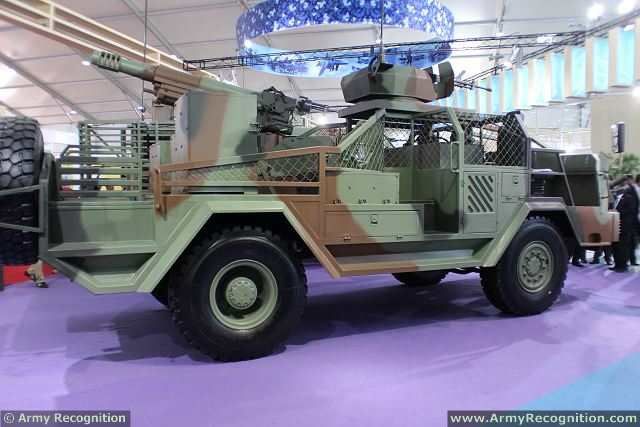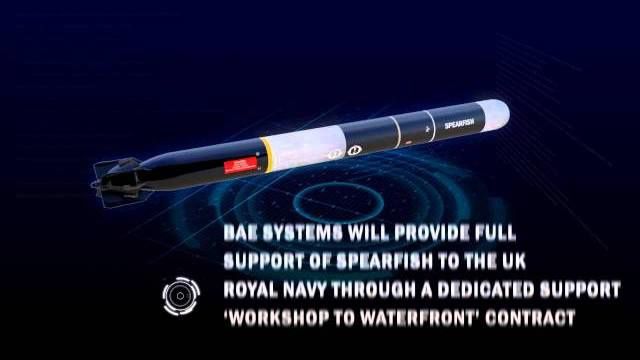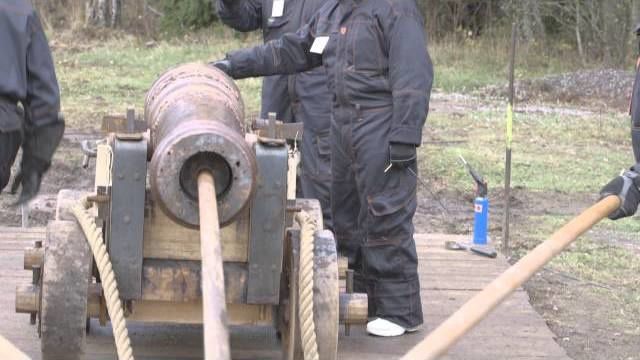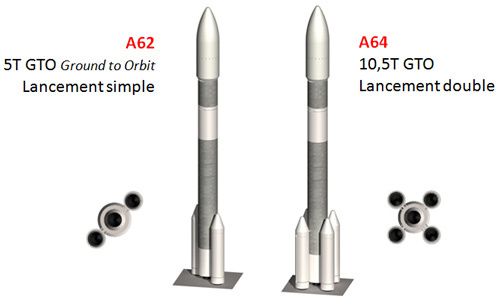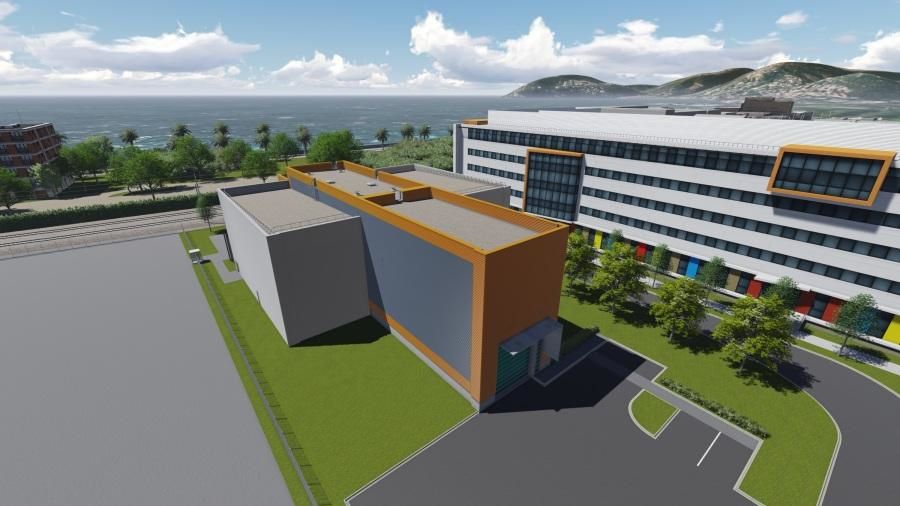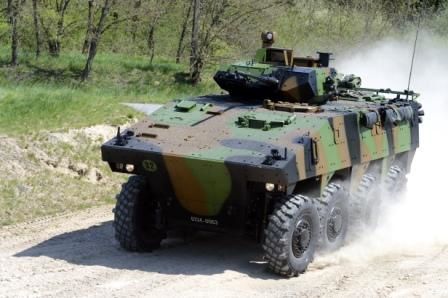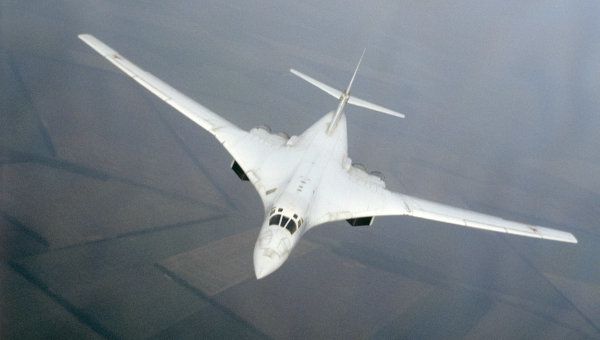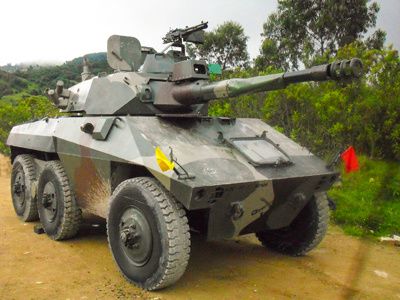Organisé par le ministère indonésien de la défense, l’édition 2014 a été inaugurée par le vice-président indonésien Jusuf Kalla. Parmi les 25 pavillons représentés, il convient de noter la présence de l’Australie, la Biélorussie, le Brésil, le Cambodge, le Canada, la France, l’Allemagne, l’Inde, l’Italie, le Japon, la Russie, le Royaume-Uni, les Etats-Unis.
La France était pour sa part représentée par une dizaine des sociétés dont AIRBUS, THALES et MBDA. Ce salon a également été l’occasion pour le COGES (Commissariat Général des Expositions et Salons) de proposer ses services aux participants dans le cadre de l’organisation de futures manifestations de ce type dans le monde.
Il convient de souligner le dynamisme des sociétés françaises qui se sont distinguées par une affluence importante et continue sur leurs stands.
Parmi les nombreux matériels et équipements présentés durant l’édition 2014, certains ont plus particulièrement retenus l’attention des visiteurs :
- drone de surface BONEFISH de la société indonésienne PT LUNDIN ;
- véhicule blindé COCKRILL 90P de la société indonésienne PT PINDAD ;
- fusil d’assaut SS 7,62 mm de la société indonésienne PT PINDAD ;
- lance grenade BUR de la société russe KBP ;
- radar de veille air ROHINI indien produit par le DRDO (Defence Research & Development Organisation) ;
- propulseur sous-marin GANENDRA RI-1 de la société indonésienne PT ELMAS VIANADJAJA ;
- la frégate KDDX de la société sud-coréenne DSME ;
- système sol-air CHINON de la société sud-coréenne LIG Nex1 ;
- télescope KM12A8 de la société sud-coréenne WOO KYUNG OPTICS.
Avec des infrastructures particulièrement accueillantes, le salon INDO DEFENSE 2014 a été très apprécié par l’ensemble des visiteurs et exposants. Le rendez-vous est déjà pris pour la septième édition qui se déroulera en 2016 à Jakarta.
Drone BONEFISH
Le ministre de la défense indonésien, en compagnie du chef d’état-major de la marine indonésienne, a procédé à une cérémonie d’inauguration du premier trimaran BONEFISH. Cet appareil est un drone de surface furtif construit par le chantier naval PT Lundin (connu également sous le nom NORTH SEA BOATS – Indonesia), en partenariat avec l’industriel suédois SAAB. Sa mission principale sera la surveillance des espaces maritimes situés entre les milliers d’îles qui composent l’archipel indonésien. Très bas sur l’eau, il est propulsé par deux puissants moteurs. Un mât proéminent, accueille un radar de veille surface et des antennes de communication pour le pilotage de l’engin et la transmission des détections. Sur la maquette du drone présentée sur le stand de SAAB, placé à proximité du stand de Lundin, on pouvait observer un tourelleau téléopéré muni d’une mitrailleuse de calibre 12,7 mm.
PT LUNDIN - Indonésie
COCKERILL 90P
Au cours de cette édition du salon INDODEFENCE, la société PINDAD a présenté un nouveau véhicule blindé, dérivé des ANOA en service dans les forces armées indonésiennes. Le COCKERILL 90P est un blindé 6 x 6 équipé un moteur de 340 chevaux (6 cylindres) er armé d’un canon de 90 mm. Son blindage permet de protéger l’équipage du tir de munitions de 12,7 mm Des lance-fumigènes et une mitrailleuse lourde assurent la protection du blindé.
PT PINDAD - Indonésie
Fusil d’assaut SS 7,62
La deuxième nouveauté du stand de PINDAD était un fusil d’assaut en 7,62 x 51. Ce prototype, qui devrait bientôt entrer en service dans les forces spéciales indonésiennes, pèse 5,1 kg. La portée maximale est de 950 m et il dispose de trois modes : position de sécurité, mono-coup ou tir automatique. Cette nouvelle arme a attirée la curiosité des visiteurs et a fait la fierté des employés de la société, qui ont eu l’honneur de recevoir la visite du président indonésien sur leur stand.
PT PINDAD - Indonésie
Lance-grenade BUR
Parmi toutes les armes d’infanterie présentées par KPB, on pouvait découvrir un nouveau lance-grenade léger. Ce système, composé d’une poignée et d’optiques pour la visée de jour et de nuit, tire des grenades de 62 mm de diamètre et de 742 mm de long. Après chaque tir, le fantassin doit démonter la poignée pour la fixer sur un nouveau tube de lancement, qui contient la munition. La portée maximale de cette arme est de 950 mètres. Le BUR sert à attaquer des véhicules peu ou non blindés et des unités d’infanterie logés dans des bâtiments. Il peut également traiter une zone à l’air libre d’environ 50 m² avec un puissant explosif.
KBP - Russie
Radar ROHINI
Le DRDO a présenté un radar mobile de veille aérienne en 3D, qui serait déjà en service dans l’armée de l’air indienne. Baptisé « ROHINI », ce nouveau radar est monté sur un camion 8 x 8 qui assure une grande mobilité et une mise en œuvre en moins de trente minutes. La portée maximale de détection est supérieure à 185 km. Ce système a été conçu pour pouvoir détecter des intrusions d’aéronefs dans les zones montagneuses, à haute altitude.
DRDO - Inde
SDV GANENDRA RI-1
Le GANENDRA RI-1 est un prototype de propulseur sous-marin pour nageurs de combat (SDV). Cet engin, propulsé par un moteur électrique grâce à une batterie lithium-ion, embarque deux commandos. Son autonomie est d’environ huit heures à sa
vitesse de croisière de 1,3 nœud, et d’une heure et trente minutes à sa vitesse maximale (2,2 nœuds). Il pèse 24 kg et peut emporter une charge de 90 kg.
PT ELMAS VIANA DJAJA - Indonésie
Frégate KDDX
Le chantier naval sud-coréen Daewoo Shipbuilding & Marine Engineering (DSME) a présenté - pour la première fois - la maquette de la future frégate KDDX. Selon le commercial, Séoul n’a pas encore choisi les senseurs et l’armement qui équiperont cette classe de bâtiments, ni le nombre d’unités commandées. Cependant, Il est très probable qu’ils soient équipés du missile anti-aérien C-Star (lancé verticalement) et de la torpille légère Blue Shark. SAMSUNG, en partenariat avec la société THALES, pourrait fournir les équipements de détection radar.
DSME – Corée du Sud
Système sol-air CHIRON
L’attraction sur ce stand coréen était le système sol-air CHIRON. Armé par un tireur, il permet de lancer deux missiles à courte portée et à guidage infrarouge. Chaque missile pèse 14,4 kg, a une portée maximale de 7 km, et peut atteindre une cible à l’altitude maximale de 3,5 km. Le CHIRON peut également être monté sur un véhicule blindé ou un 4 x 4. Il serait en service dans les forces armées sud-coréennes et aurait un taux d’efficacité de 95%.
LIG Nex1 – Corée du Sud
Télescope KM12A8
La principale nouveauté chez WOO KYUNG OPTICS était le télescope KM12A8, utilisé pour des pièces d’artillerie de 105 mm et 155 mm. Ses caractéristiques techniques sont les suivantes :
Longueur : 24,7 cm
Masse : 2 kg
Grossissement : x 4
Champ de vision : 10°
WOO KYUNG OPTICS – Corée du Sud


